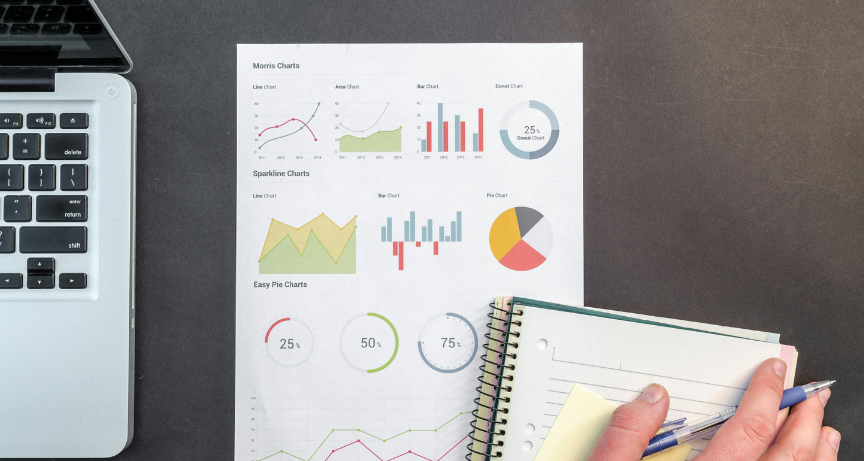Digital procurement transformation offers organizations significant benefits, from improved efficiency to better supplier relationships. However, companies often must determine how much such a transformation will cost. While it’s challenging to provide an exact figure during initial discussions, Groves & Company can break down the key factors that influence the cost of procurement digitalization. Understanding these factors will help your organization budget appropriately and ensure you get the most value from your investment.
Factors Affecting the Cost of Digital Procurement Transformation
Several factors impact the overall cost of a digital procurement transformation. These factors range from the project’s complexity to the level of services provided. Below, we outline the primary elements that contribute to the total cost:
1. Complexity and Scope of Work
The complexity of your digital procurement transformation plays a significant role in determining cost. Here are a few key elements that can affect the project’s scope:
- Modules Included: The number and type of modules required for implementation can increase costs. Each module, such as contract management, supplier management, or e-procurement, adds to the system’s complexity.
- Integrations Required: Integrating your procurement system with other platforms, such as ERP or financial systems, adds complexity and cost. The architecture used, and the number of integrations necessary will also influence the budget.
- Number of Sites: Implementing a solution for a single location is typically more cost-effective than rolling it out across multiple sites or regions. Managing different geographical requirements increases the overall complexity.
- Business Units Involved: Larger organizations with multiple business units require more coordination and customization, impacting costs.
2. Integration Details
Integration is often one of the more complex aspects of digital procurement transformation. Costs will vary based on the following factors:
- Data Mapping: This process involves mapping data from Jaggaer’s structure to your internal systems. The complexity of this mapping process can vary depending on the existing data architecture.
- Integration as a Service: For companies that require ongoing support to handle message transformations, integration as a service can have higher costs than standard integrations.
- Standard Integration: Companies that prefer to manage their integrations internally may opt for a more straightforward setup, reducing costs by handling message transformation themselves.
3. Roles and Responsibilities
Those who manage various project parts can significantly influence the overall cost. Groves & Company offers flexible options based on the level of support needed:
- Project RACI (Responsible, Accountable, Consulted, and Informed): Defining who is responsible for each task affects the complexity and cost. Assigning internal team members to specific responsibilities like testing or training can lower expenses.
- Service Levels: We offer a range of service levels, from full “white glove” services that include change management, training, and testing to more basic options where your team takes on some of these tasks. For example, clients have reduced their costs by up to 25% by taking on testing and training development responsibilities.
How to Budget for Digital Procurement Transformation
When budgeting for digital procurement transformation, it’s essential to consider all these factors. For a clearer idea of your total investment, Groves & Company works closely with clients to assess their needs, offering flexible solutions tailored to their specific requirements.
- Assess Your Needs: Start by determining the complexity of your procurement processes and the number of modules you require.
- Understand Integration Needs: Will your new procurement system integrate with other platforms? If so, budget for data mapping and integration services.
- Decide on Service Levels: Consider whether your organization can manage some of the responsibilities internally or if you need full support from a provider like Groves & Company.
Digital procurement transformation offers long-term cost savings and operational efficiencies, but the initial investment can vary significantly depending on several factors. At Groves & Company, we help organizations understand the scope of their transformation, offering tailored solutions to meet their budget and operational needs. By considering the abovementioned factors, companies can better prepare for the costs associated with procurement digitalization and make informed decisions about their transformation journey.
If you’re ready to explore how Groves & Company can help with your digital procurement transformation, contact us today to learn more about our services and solutions.


